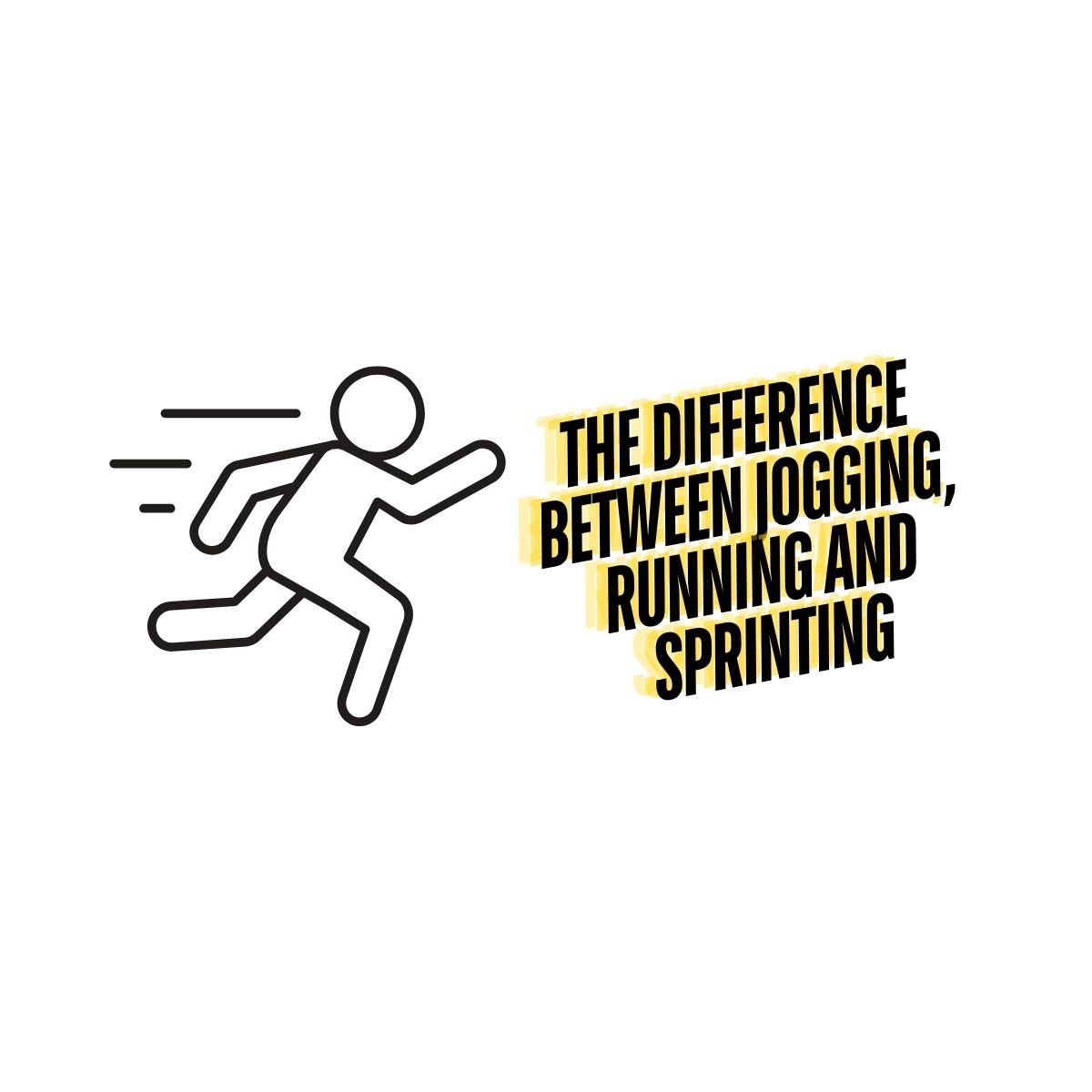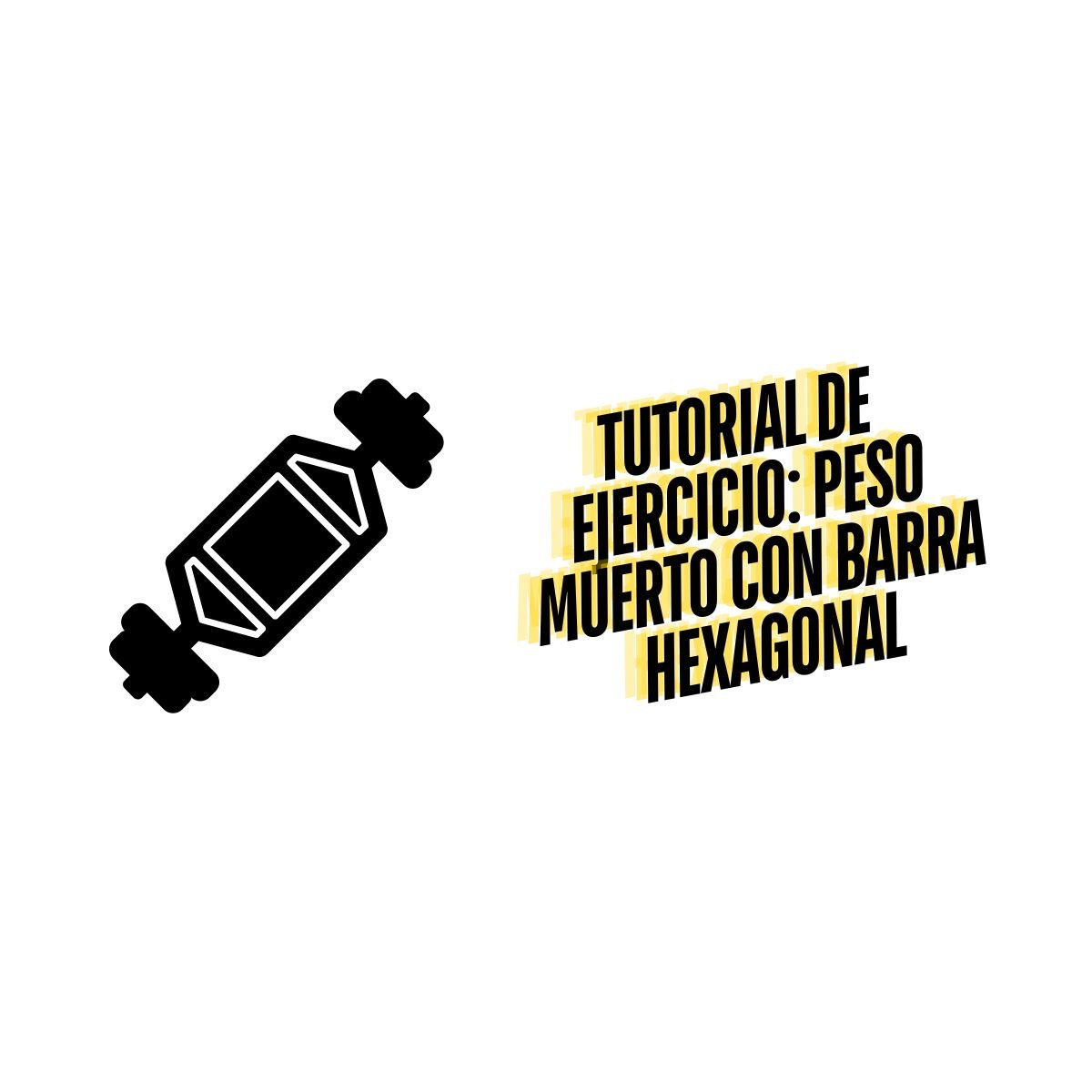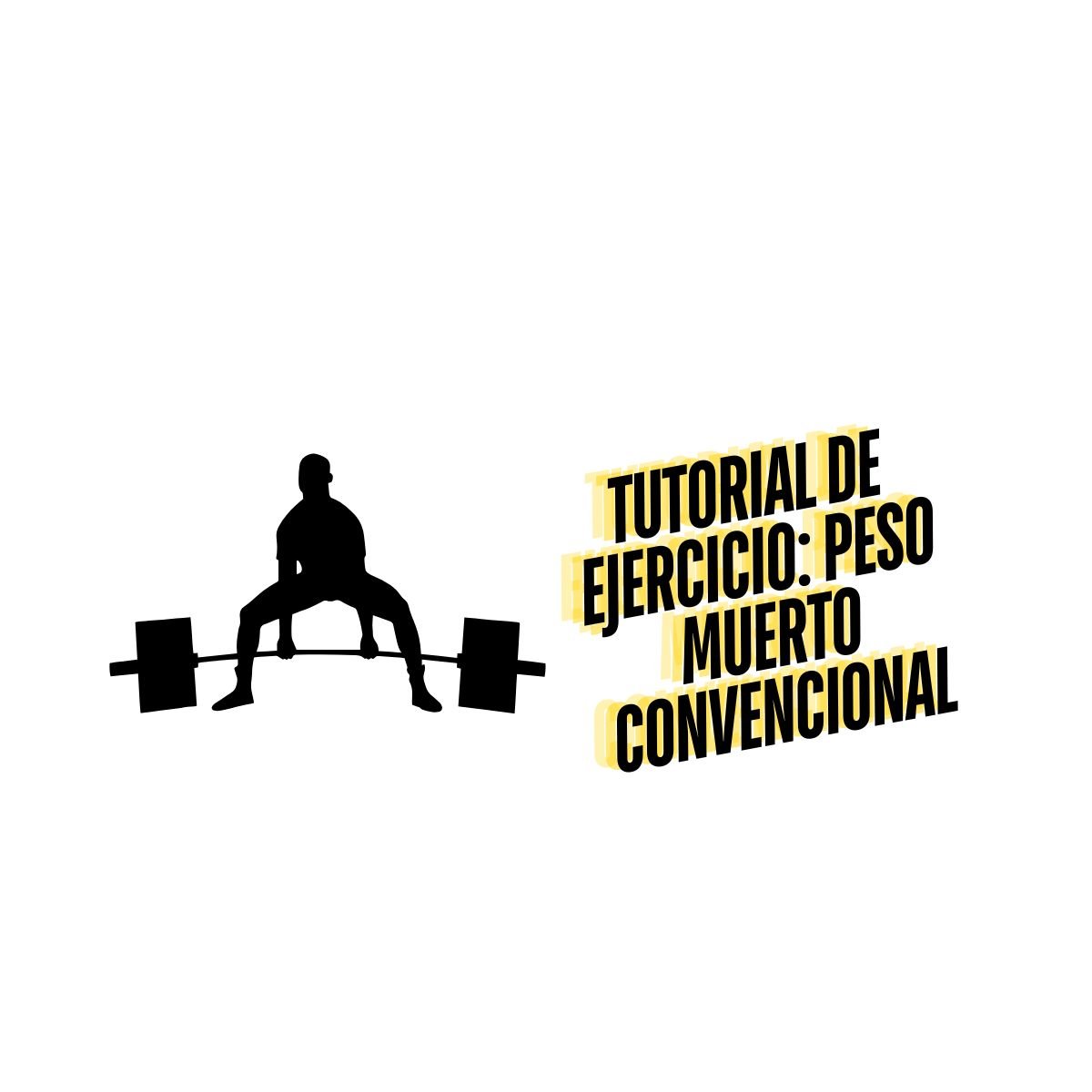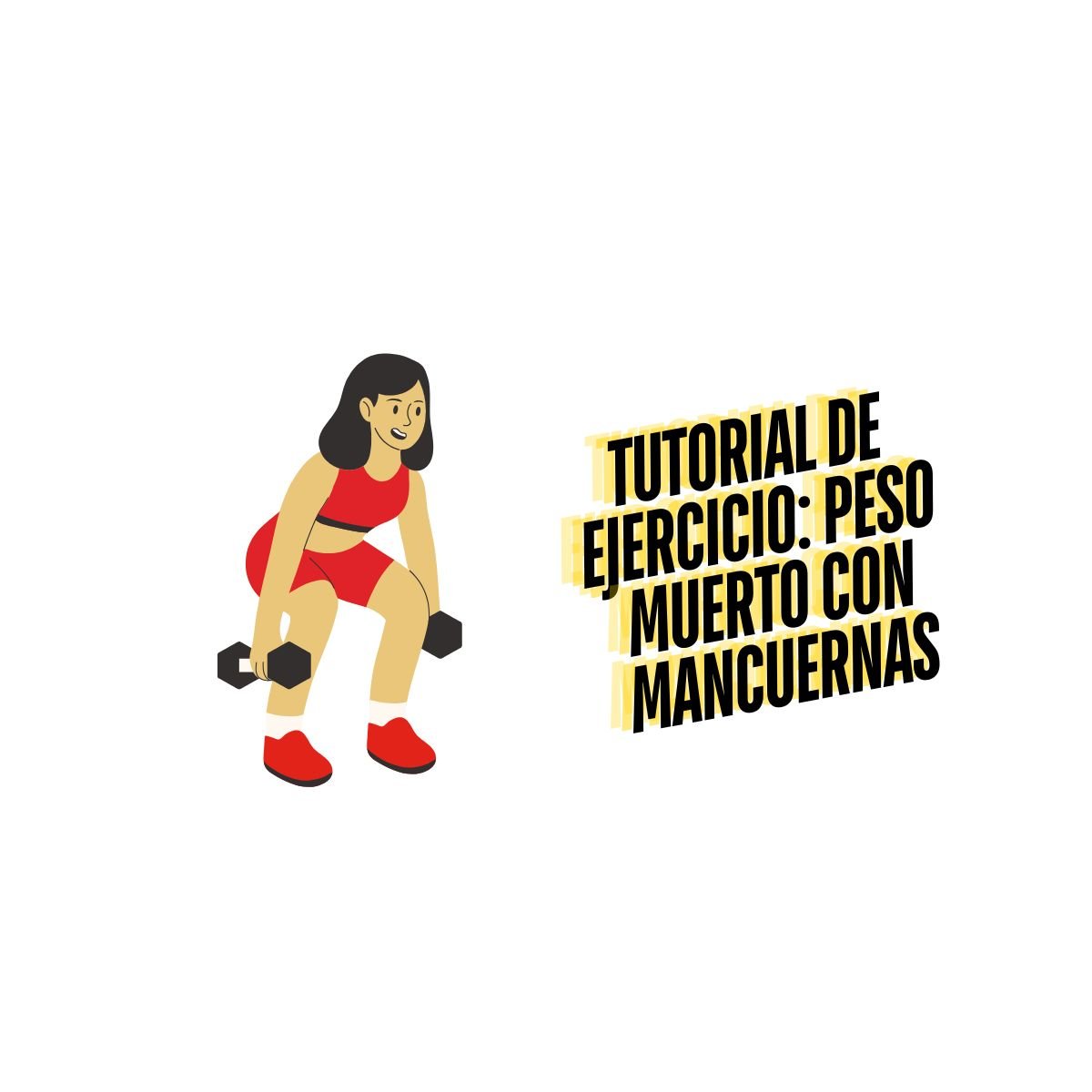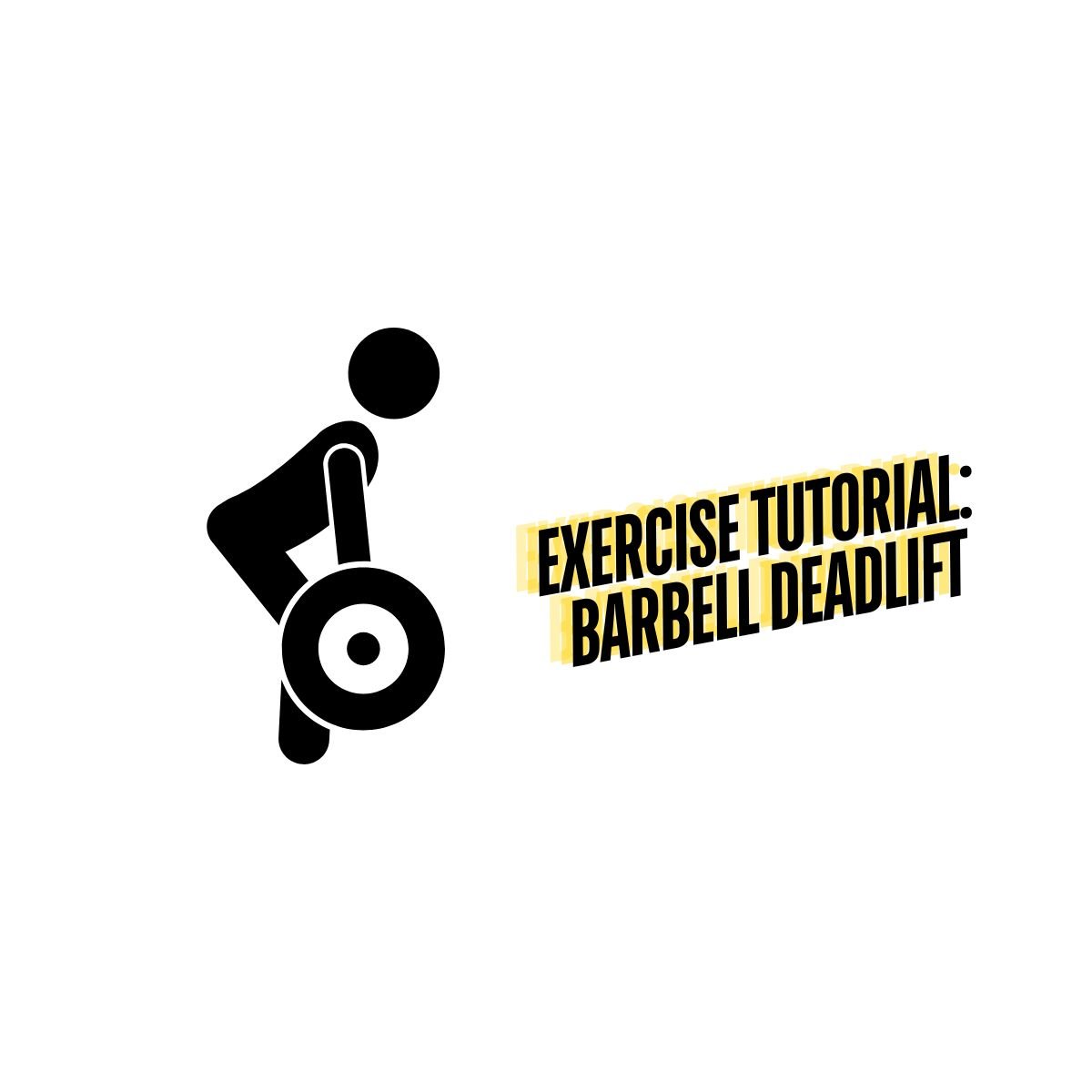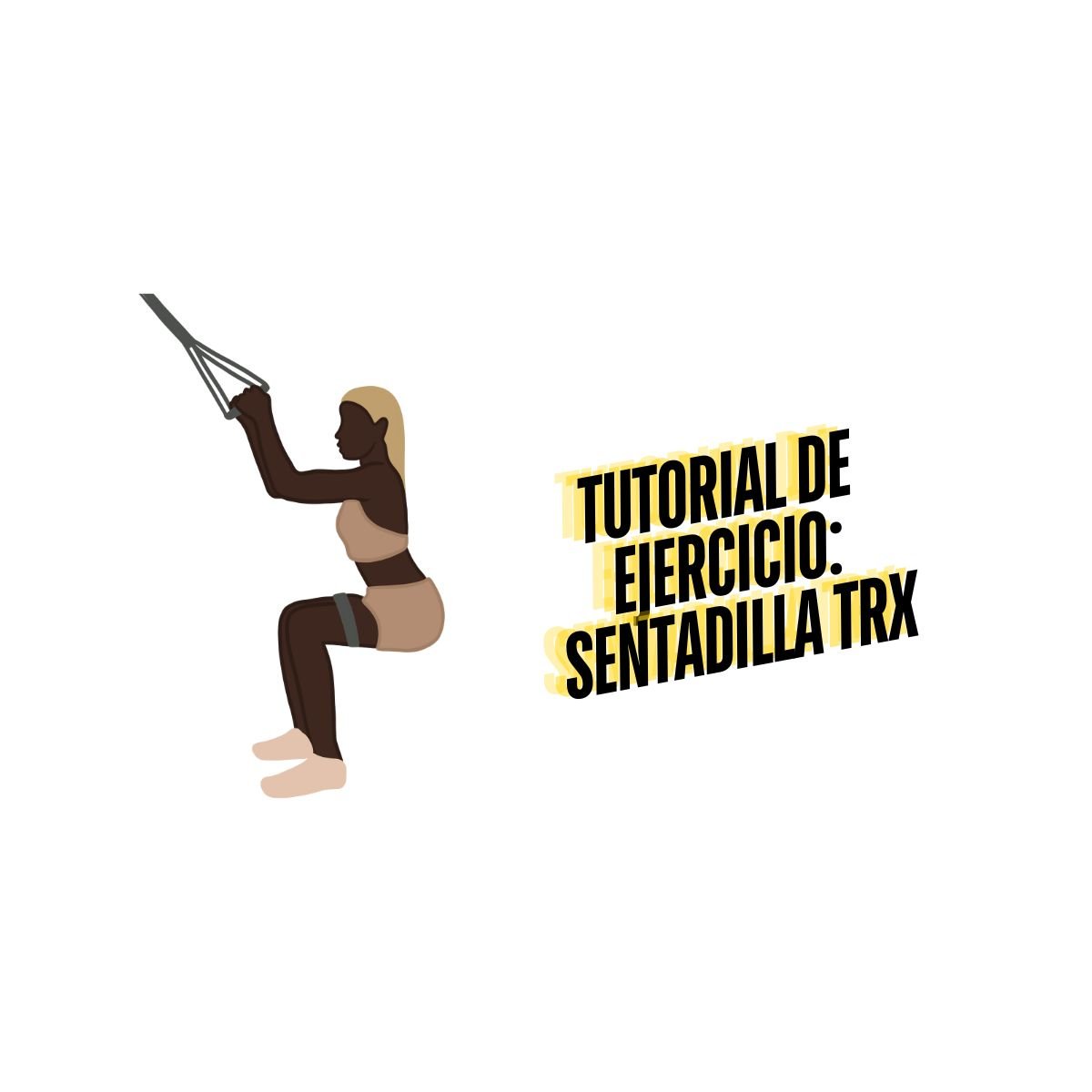Most Common Squat Errors
Table of Contents
Skipping Warm Up
You should never skip a warm up prior to performing Squats. In fact, a proper warm up is the best way to ensure that you have prepared the body for movement and are able to gain the most from your exercise.
Many people have questioned if a Skipping Warm Up is good to perform before Squats. The simple answer is that a Skipping Warm Up is a great cardiovascular workout to get the blood flowing in the body, however, there are many other dynamic movements that you can perform as a warm up before squatting that will be more effective at preparing the body for the specific Squat movement. It is important to remember that there is a difference between your muscles feeling stiff during the Squat and having poor mobility. These are two separate phenomena that have their own solutions.
A good dynamic Squat warm up will include movements such as the kneeling glute mobilization, dynamic hip stretches, overhead movements and low lunges. There are many great 5-10-minute dynamic flow warm ups available online that will help you prepare to Squat
Avoid Doing the Butt Wink
If you are an avid gym-goer, chances are you have heard someone exclaim, “you’re butt winking!” Butt Wink is a term that is used to describe someone who is displaying a posterior pelvic tilt in their Squat (usually at the bottom of the Squat). Don’t feel bad if someone has said this to you as butt winking is one of the most common mistakes made during the Squat. It’s so common that we wrote an entire article about it here.
There are many reasons why someone could have a butt wink in their Squat such as improper foot position, poor squat mechanics, and limited mobility. Luckily, once you have identified the error butt wink can be fixed with the proper training over time. Ultimately, you should avoid doing the butt wink in your Squats as it can lead to injury in the low back and will translate into other movements.
Knees Caving In
Another common mistake when performing the Squat is the knees caving in. Knees caving in means that during the Squat, your knees are coming closer to each other and your knees are no longer in line with the ankles. Anatomically speaking, knees caving in is referred to as valgus knees, or knock knees.
Having the knees caving in during your Squat is dangerous for a number of reasons. First, you are putting excess stress on the knee which can create an unstable position and result in injury. Injury can be acute or take place over time from the repeated stress placed on the knee, destroying cartilage. People who like to Squat heavy often succumb to the knees caving in, so it is important to remember to push the knees out when you are Squatting.
Those with poor ankle or hip mobility might also do this. A cue you can remember is to keep the knees in line with the ankles. As well, there are different exercises that you can perform to strengthen the muscles around the knee and prevent the knees caving in when you are Squatting. Some examples of these exercises include unilateral abduction, neuromuscular training with a Physical Therapist or even the Pistol Squat.
Hips Parallel or Below Knees
There has been a misconception about the safest depth to perform the Squat. Many people believed that it was unsafe to perform the squat below the knees (beyond parallel) because it can cause damage to the knees. It has now been discovered that this is a myth through multiple studies, and we know that it is safe to squat below parallel IF you have the proper form! Many people struggle with the Squat, so Squatting below the knees may not be appropriate for them at this time. If you are unsure what proper Squat form entails, look over our 10 Simple Cues and see if you are doing them all! It can also be helpful to have a friend or trainer watch you squat from different angles, so they can identify where areas of weakness lie.
Rounding the Back
One of the worst things you can do when performing the Squat is rounding the back. Yet so often we see people in the gym making a rounding the back error. There are many reasons why rounding the back can occur in the Squat. This can be from lifting too heavy, not bracing the core, having the shoulders elevated towards your ears and even not distributing your weight properly on your feet. Rounding the back is an easy error to fix.
Check out our article on 10 Simple Cues to Improve your Squat to discover simple fixes you can implement in your form to avoid rounding the back when Squatting.
Knees Moving Forward
When Squatting, you always want to eliminate the excessive movement of the knees moving forwards beyond the toes. However, this does not mean that the knees can never move forwards past the toes. If you find that your knees moving forwards in your Squat, ask yourself where is the movement in my Squat originating from?
The Squat should start by pushing your hips backwards, not by the knees moving forwards. Leading with the hips will help to avoid the knees moving forwards beyond the toes. If you have long limbs, you may see the knees moving forwards to a greater degree in your Squat. As long as you have the proper Squat mechanics (leading with the hips) the movement of the knees going forwards is okay.
If you are unsure about your Squat form, try speaking to a Physical Therapist or Kinesiologist who can point out areas of weakness and provide suggestions on how to correct errors in your form.
Read about our article on how to fix the forward lean on your squat.
Understand Your Mobility When It Comes to Knees Moving Forward
As we previously mentioned, mobility can be a limiting factor in the Squat and limited mobility can result in a breakdown in form. Many individuals have poor ankle and hip mobility, which will ultimately affect your ability to perform the squat correctly.
For instance, those with poor ankle mobility often squat with their knees first, which can result in pain in the knees and lower back. Just as we mentioned in our previous point about the knees moving forwards, we have to remember that the proper movement pattern of the Squat involves movement at the hips FIRST by pushing them back. Then the knees and ankles will follow.
There are many tests you can do to see if you have poor mobility in the hips, knees and ankles. As well, there are many exercises you can do if you are part of the majority of people who have limited mobility. Talk to your Physical Therapist or Kinesiologist to find out which movements are appropriate for you to practice to increase mobility.
Sometimes Going below Parallel might Not Be a Good Idea
Sometimes going below parallel might not be a good idea when Squatting. Going below parallel means that you are Squatting beyond when the Femur reaches parallel to the ground. Often when people Squat below parallel, they display butt wink. We explained why butt wink can be detrimental to the Squat above as it causes poor posture and will not allow the glutes, legs or back to be strengthened properly.
You can Squat below parallel safely, but you need to understand proper Squat mechanics first in order to avoid injury.





